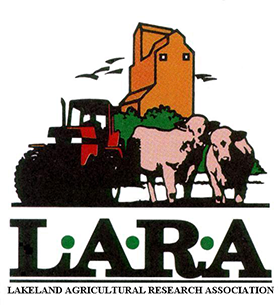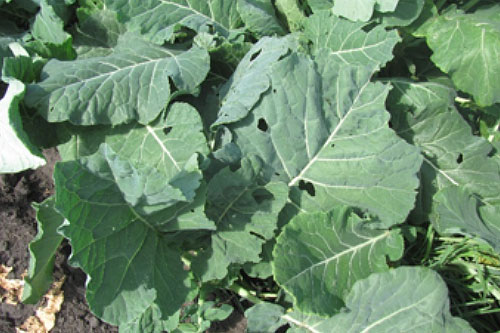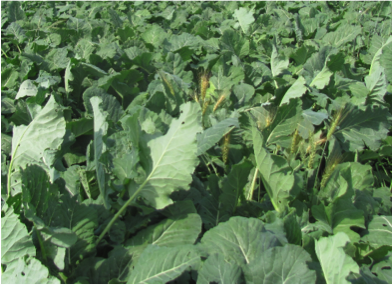Annual Forage
Annual forage crops are used by a significant amount of of Lakeland livestock producers. From silage production to extending the grazing season to swath grazing, forage yields have a strong economic impact on Alberta's livestock sector.
The most common feed crops in Alberta are barley and oats. Less popular crops grown for whole-plant forage include peas. The use of triticale for swath grazing is also gaining in popularity in some parts of the province.
Annual Forage Crop Trial
Yield and Quality of Annual Crop Mixtures and Alternative Annual Crops for Forage in Alberta This trial will provide current and comprehensive regional yield and quality data on annual forage species and varieties across Alberta. The goal of the study ...
Regional Annual Forage Variety Trials
The Annual Forage Trials (AFTs) began at LARA in 2008 with the purpose of comparing annual silage crops for whole-plant production when considering both yield and quality. Funding was obtained from the Alberta Beef Producers and the Ag and Food ...
Forage Peas
The inclusion of peas into the production of an annual cereal crop can provide multiple benefits to producers. Fertilizer costs could be reduced due to the ability of peas to fix nitrogen, which could also impact overall soil fertility. Peas ...
Alternative Forages
Forage Kale Forage brassica’s, such as kale, have been extensively used in Europe as a livestock feed for years but have not been widely established in Canada despite many beneficial trains including: fast growth, high yields and high quality. Many ...
Cocktail Cover Crops for Livestock Feed
Cocktail cover crops have been gaining in popularity in recent years, with the acres seeded in Alberta slowly increasing. These crops can be an important tool for producers to generate benefits on farm such as improved soil health, weed suppression, ...






